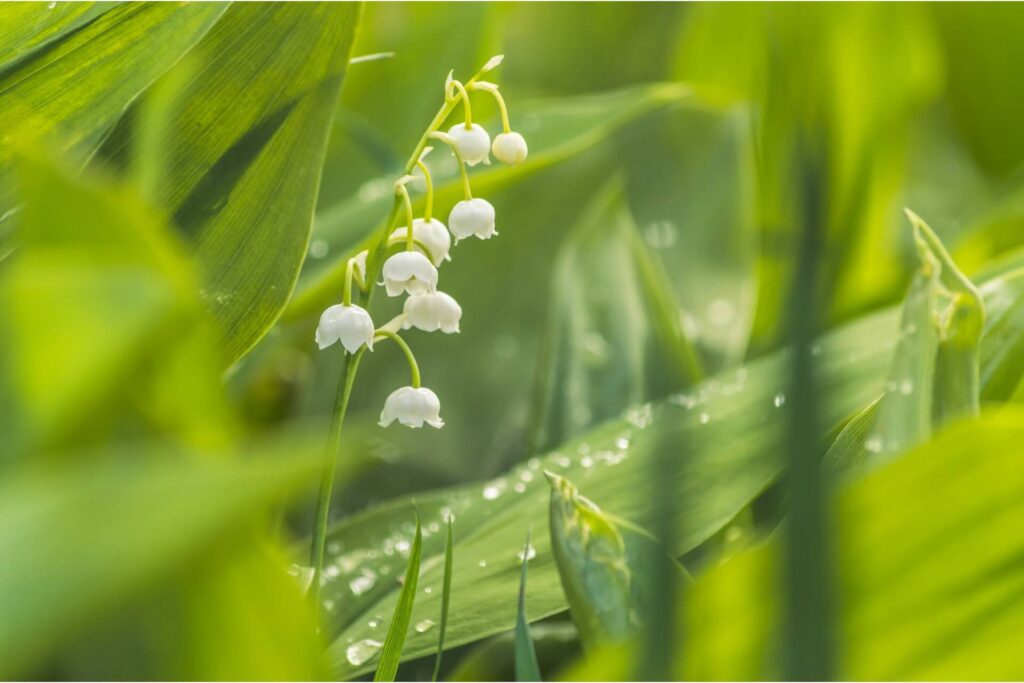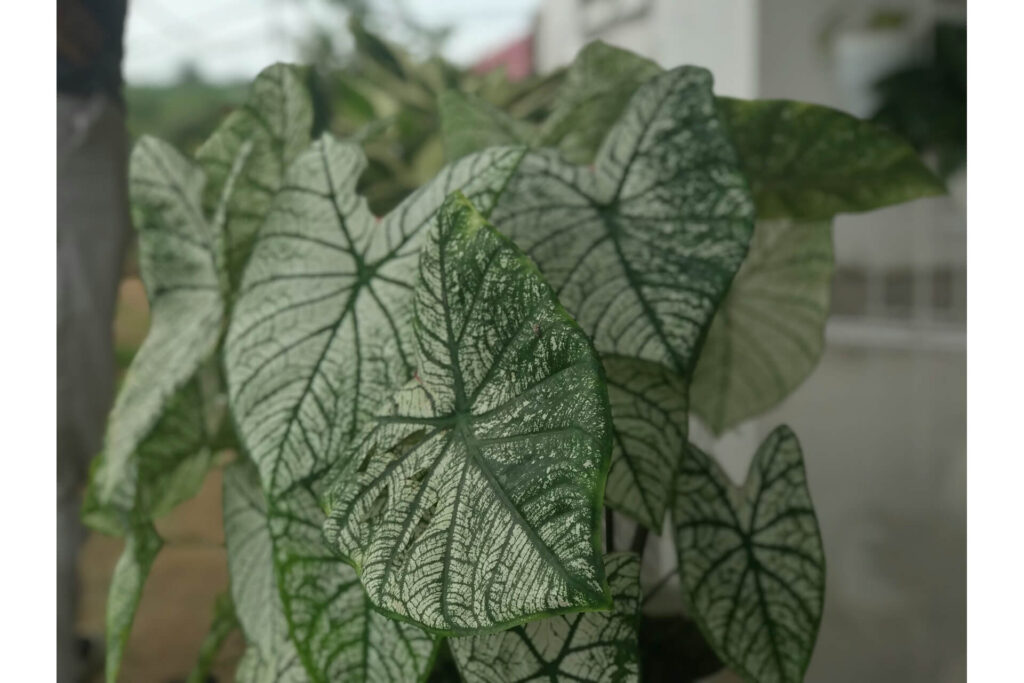Top Lawn Mowing Tips Every Homeowner Should Know (Updated for 2025)

We are reader-supported. When you buy through links on our site, we may earn an affiliate commission.
Proper lawn mowing tips are essential if you’re looking to maintain a healthy and beautiful lawn. Understanding and applying the correct techniques ensures your grass thrives and looks its best. Moreover, following these guidelines can significantly save you time and effort in lawn care.
Regularly mowing your lawn using the correct height and patterns helps prevent pests, diseases and weeds while promoting robust grass growth. By following these simple tips, you’ll see a noticeable improvement in your yard’s overall appearance and health.
1. Understanding Your Grass Type
Knowing your grass type is crucial to mowing your lawn correctly. Common types like Bermuda, Kentucky Bluegrass and Fescue have specific needs, particularly in terms of mowing height and frequency.
For instance, Bermuda grass thrives when cut relatively short, while Fescue prefers more length to promote deeper root growth. If you’re looking for something low-maintenance, Buffalo grass is an excellent choice. It’s drought-tolerant and does well with less frequent mowing and minimum fertilization.
Take a close look at the texture and color of the grass to identify your lawn’s grass type and observe how it grows in different weather conditions. You can also consult with a local garden center or use online resources to match your observations with specific grass types. This knowledge will help you tailor your mowing routine to keep your lawn looking its best.
2. Choosing the Right Mower
Choosing a suitable mower for your lawn depends mainly on the size of your yard and the type of grass you have. Reel mowers you manually push are perfect for small, flat lawns and offer a quiet, eco-friendly option.
If your lawn is medium-sized, electric mowers might be the way to go. They’re also quieter than gas mowers, require less maintenance and are great for managing most grass types without emitting fumes.
A gas-powered mower provides the power and durability needed to effectively mow larger or more challenging terrains with more rigid grass varieties. When selecting a mower, consider how each type aligns with your lawn’s size and your grass’s specific needs. This will ensure you’re making the most efficient and practical choice.
3. Mower Maintenance
Keeping your mower blades sharp is crucial for maintaining a healthy lawn, as dull blades can tear grass, leading to stress and disease. Likewise, regularly sharpening the blades ensures clean and efficient cuts, promoting robust grass growth. It’s also wise to check or replace your mower’s oil filters, spark plugs and air filters at least once a year to keep it running smoothly.
This kind of maintenance extends the life of your mower. It enhances its performance, making your mowing sessions more effective and less time-consuming. So, keep up with these maintenance tasks to ensure your mower is always ready to help you keep your lawn looking its best.
4. Adjust Mowing Height
Adjusting the mowing height ensures your lawn remains healthy and robust. For thicker grass types — like Fescue or Rye — setting a higher mowing height helps maintain their health and support robust root systems. This approach increases drought resistance.
Always adhere to the “one-third” rule, which means never cutting more than one-third of the grass blade’s length at a time. It helps prevent stress on the grass and allows it to recover faster and stay lush. Carefully adjusting your mower’s height settings based on your grass type and the current season can keep your lawn looking its best throughout the year.
5. Mowing Pattern Variety
Varying your mowing patterns is beneficial because it prevents the grass blades from leaning in one direction, which can happen if you mow the same way each time. This technique also helps avoid compacting the soil too much in certain areas, which can inhibit grass growth.
Try alternating between mowing patterns. For instance, in one week, mow horizontally across your lawn. For the next week, switch to a vertical pattern. Similarly, mix diagonal or checkerboard patterns for a more evenly cut and visually appealing lawn. Regularly changing your mowing pattern ensures a healthier, more resilient lawn that looks great from every angle.
6. Be Cautious of Slopes and Edges
Slopes and lawn edges can be tricky, especially when you use a push mower. To avoid scalping your grass or gouging the soil, take your time and mow carefully. One of the best push mower tips is to move across the slope instead of going straight up or down.
This approach gives you better control and helps maintain an even, healthy cut. Edges near sidewalks or flower beds also need a slower, steadier approach to keep your lawn looking clean without damaging your mower or turf.
7. The Best Time to Mow
To minimize stress on your lawn and maximize the health of your grass, the best times to mow are mid-morning or late afternoon. Mowing in mid-morning allows the dew or any overnight moisture to dry, which helps prevent the spread of diseases. Meanwhile, late afternoon mowing is also beneficial because the temperatures are cooler. It allows the grass to recover before the potentially colder night.
It’s crucial to avoid mowing in the wet conditions of early morning, immediately after or during the day’s heat. These times can lead to uneven cuts, clumping of grass clippings and additional stress on the grass. Also, avoid mowing when the lawn is soggy to prevent damaging the soil structure. By choosing the right time and conditions for mowing, you can keep your lawn looking healthy and vibrant.
8. Mow Frequently During Peak Growth
In spring and fall, your lawn grows quickly and needs more attention. Aim to mow once a week during these seasons. Regular mowing helps you keep the grass at a healthy, even height, which makes your yard look cleaner and feel softer underfoot.
One of the smartest tips for mowing your lawn is to match your mowing schedule to the season, not the calendar. This way, you always cut just enough to keep your turn in top shape. Letting the grass grow too long between mows can lead to uneven cuts and brown patches. Staying consistent also helps reduce weeds and supports thicker, healthier growth.
9. Mulching vs. Bagging
Deciding whether to mulch your grass clippings back into the lawn or bag them depends on your lawn care goals. Mulching is highly beneficial as it recycles nutrients into the soil, improving moisture retention and lawn drainage. This natural fertilizer also helps suppress weed growth by blocking sunlight from reaching the soil surface.
On the other hand, bagging clippings gives your lawn a neater appearance. It can be better for those battling lawn diseases, as it helps remove any diseased clippings from the area. If you want to maintain a healthy, sustainable lawn with fewer chemical inputs, mulching is the way.
However, bagging might be more appropriate if you prefer a pristine look or need to control disease. Consider your specific needs and the condition of your lawn to decide the best method for you.
10. Watering Before or After Mowing
Following best practices for watering your lawn is crucial to maximizing the benefits of mowing. Watering your lawn after mowing can provide immediate rehydration, vital for promoting faster regrowth and recovery of the grass. It helps your lawn stay lush and resilient.
Moreover, proper hydration before mowing also ensures your grass is firm yet flexible, enhancing the mowing process’s efficiency. It leads to cleaner cuts and less wear on your mower blades.
Aim to water your lawn early in the morning before the day’s heat, allowing the water to soak deeply into the soil without quick evaporation. Maintaining consistent moisture levels on your lawn ensures it’s in the best condition for mowing, leading to a healthier, greener yard.
11. Watch for Lawn Stress Signs
If your lawn looks brown or uneven after mowing, don’t ignore it. That’s your yard telling you something’s wrong. Dull mower blades, turf diseases or poor soil could be the cause. One of the best push mower tips is to keep your blade sharp so you cut the grass cleanly instead of tearing it.
You should also test your soil to check if it needs nutrients or better drainage. By paying attention to how your lawn looks after each mow, you can catch problems early and keep your grass healthy and vibrant. A little troubleshooting now saves you time, money and frustration. Don’t hesitate to ask a local care pro if unsure where to start.
12. Follow a Lawn Care Schedule
Mowing is just one part of keeping your lawn in top shape. You’ll get the best results when you pair it with regular fertilizing, deep watering and seasonal aerating. These steps work together to build stronger roots, improve soil health and help your grass recover faster after every mow.
One of the smartest tips for mowing lawns is to make it part of a full lawn routine instead of treating it like a stand-alone task. When your soil is rich and your lawn is well-fed, each cut looks sharper, your grass grows thicker and your yard stays vibrant despite seasonal changes. With a little planning and consistency, you’ll spend less time fixing problems and more time enjoying a healthy, picture-perfect lawn.
Tips for Mowing Your Lawn at a Glance
| Common Mistakes to Avoid | Why It Matters |
| Mowing wet grass | Causes clumping and uneven cuts |
| Cutting too much at once | Stresses the grass and weakens the root system |
| Using dull mower blades | Tears grass and increases the risk of disease |
| Mowing in the same direction every time | Leads to soil compaction and grass leaning |
| Letting grass buildup under the mower | Disrupts airflow and reduces cut quality |
| Using the same height all year | Can dry out grass or encourage weeds |
| Bagging clippings every time | Wastes nutrients that could feed your lawn |
| Mowing during peak heat | Stresses the grass and the mower |
| Speeding through edges and slopes | Risks of scalping and mower damage |
| Using an undersized or oversized mower | Lowers efficiency and affects cut consistency |
See the Difference with These Lawn Mowing Tips
Try these lawn mowing tips and watch your lawn transform into a healthier, more vibrant space. You’ll quickly see tangible benefits in your grass’s appearance and overall health, making your yard the envy of the neighborhood.
Original Publish Date 5/15/2024 — Updated 7/28/2025







